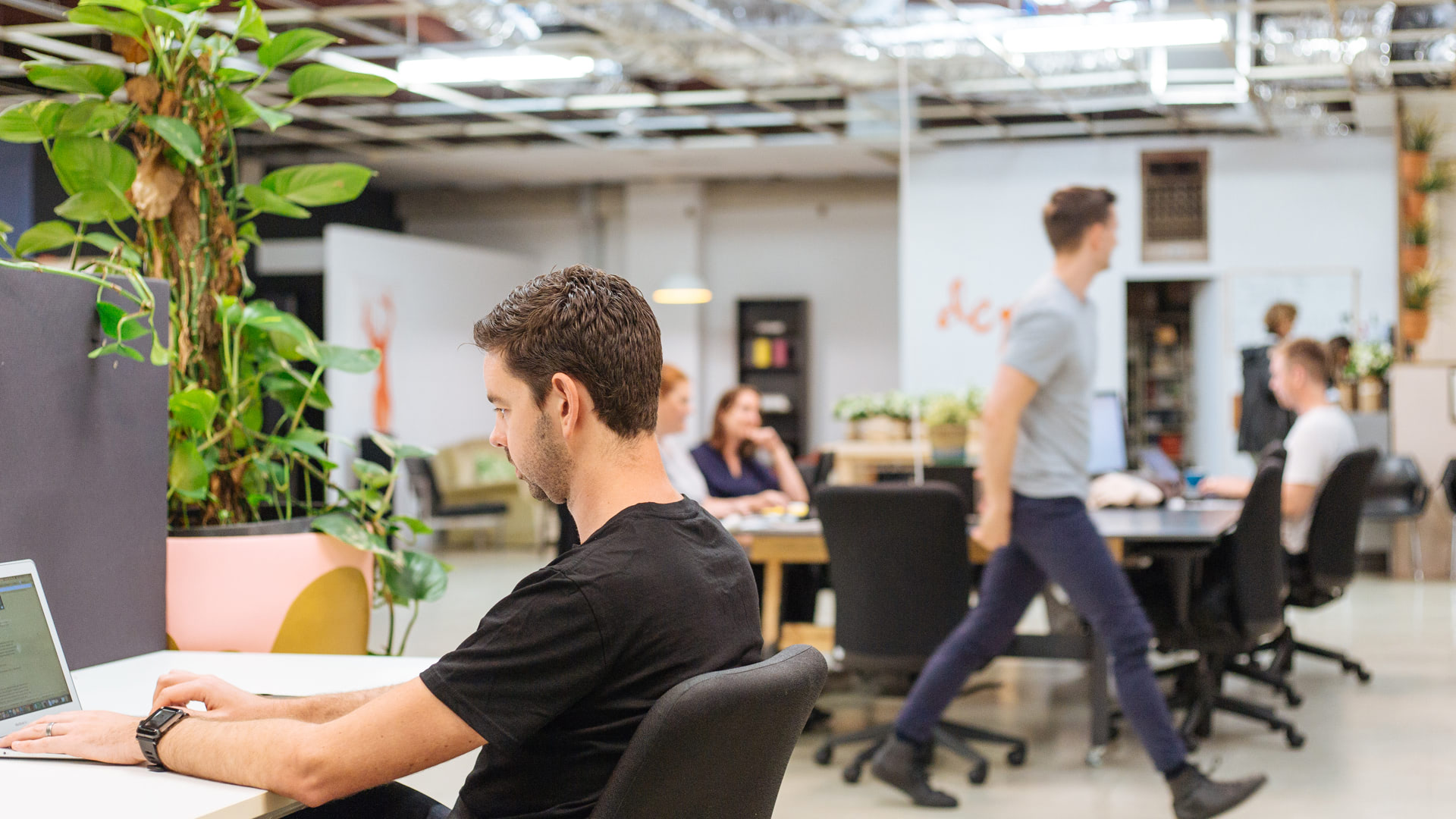Kai Riemer and Tim Mahlberg

Coworking: from digital den to executive establishment
In 2005, a new form of working was conceived when a small group of individuals from creative industries came together in an experiment to work alongside each other in an open and shared space called Spiral Muse in San Francisco. This marked the birth of the coworking space.
Coworking refers to the practice of working alongside people with whom one shares a workplace but not necessarily an organisational affiliation. Coworking spaces refer to dedicated places that are shared by people from different organisations, often freelancers, who work alongside each other, share infrastructure and often engage in joint activities associated with learning, innovation and collaboration.
Spurred by trends such as activity-based work, and other new forms of work organisation, the rise of the freelance model and ubiquitous digital and mobile technology, coworking has escaped its niche and is now of broader interest to startups and corporations, inner-city firms and suburb and rural communities alike. Today, the number of coworking spaces exceeds 10,000 worldwide.
Coworking comes in all shapes and flavours, and caters to a diverse range of needs. And while coworking spaces are the spiritual home of successful start-ups, the digital disruptors, the corporate change makers, and social visionaries, their appeal is now much broader.
In our report, we ask: what can be learned from coworking spaces about how to facilitate new ways of working with a view to increase collaboration and innovation? How can the various models be harnessed by small businesses and corporates to drive growth and efficiency?
We find that well-run coworking spaces provide insight into how our workplaces could be if they were more innovative and collaborative, supporting their people to work autonomously, flexibly and courageously.
The stereotypical coworking space may be envisaged as the opposite to traditional corporate workspaces, with a focus on technology, socialising, and informal ‘play’ spaces. However, new and more sophisticated coworking spaces have emerged providing concepts more relevant to larger organisations.
In our report ‘Coworking Spaces Australia’ we provide an introduction to the coworking phenomenon and an overview of the state of coworking in Australia. In doing so, we analysed over 300 coworking spaces active in Australia (as of March 2017) to unpack this phenomenon and to derive a taxonomy of seven distinct types of coworking spaces which we describe in detail. We further provide learnings about how to translate the concept of coworking into more traditional small business and corporate work realities and how to get you started on your own coworking journey.
Kai Riemer is Professor of Information Technology and Organisation, and Director of Sydney Executive Plus at the University of Sydney Business School. Kai's research interest is in Disruptive Technologies, Enterprise Social Media, Virtual Work, Collaborative Technologies and the Philosophy of Technology.
Tim Mahlberg is the recipient of the Deloitte Australia and University of Sydney Business School Partnered PhD Research Scholarship 2015.
Share
We believe in open and honest access to knowledge. We use a Creative Commons Attribution NoDerivatives licence for our articles and podcasts, so you can republish them for free, online or in print.







